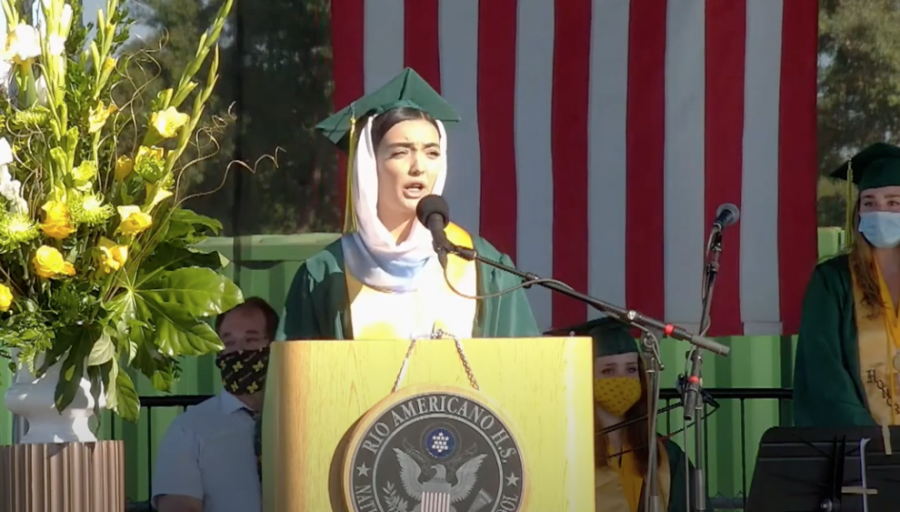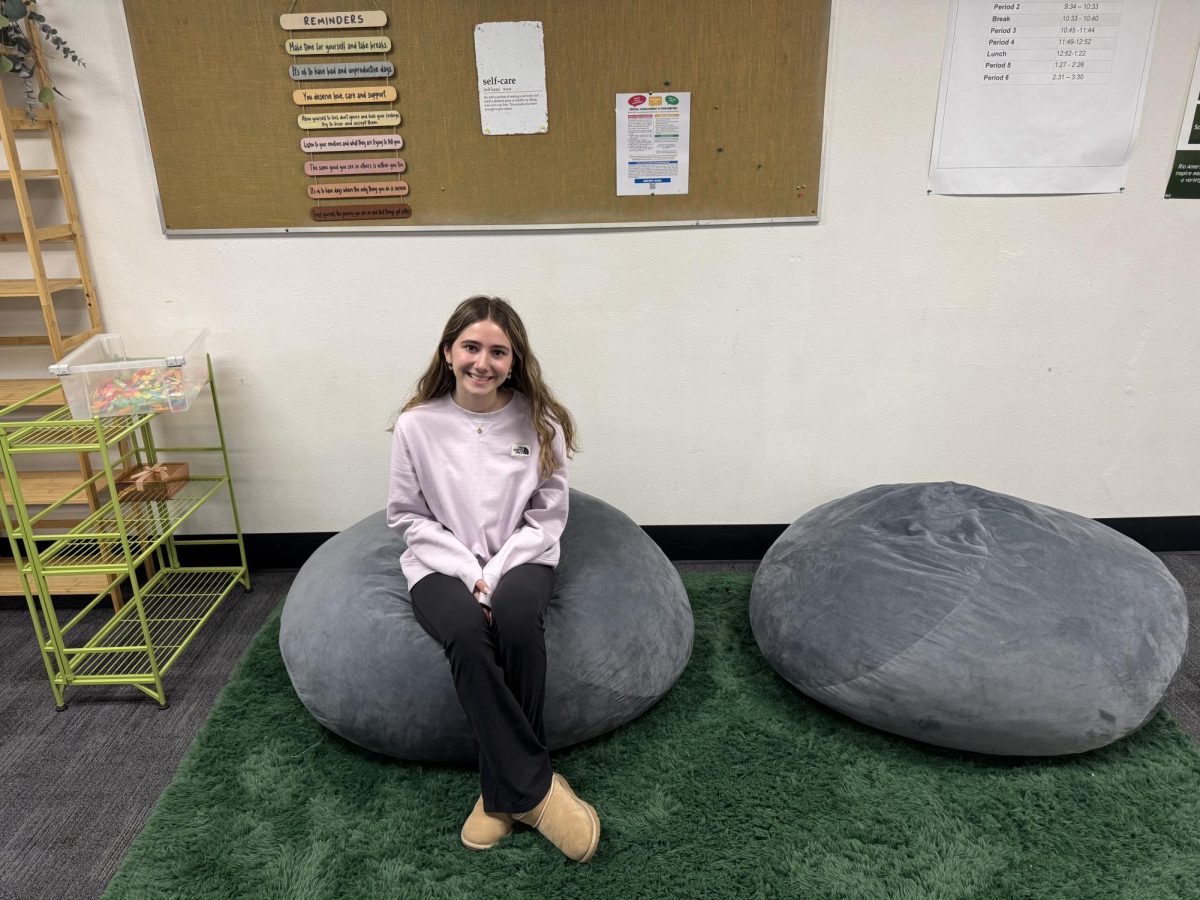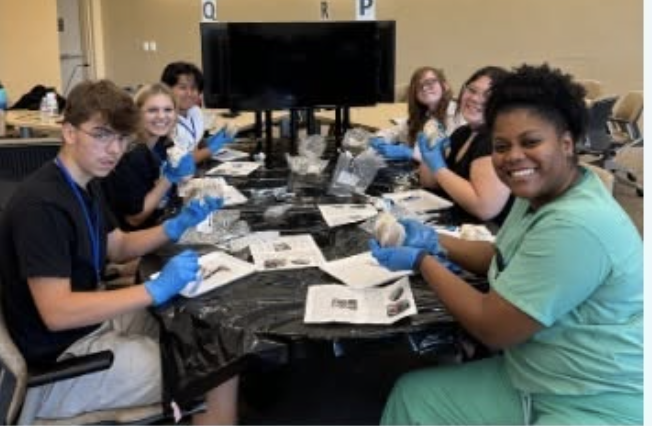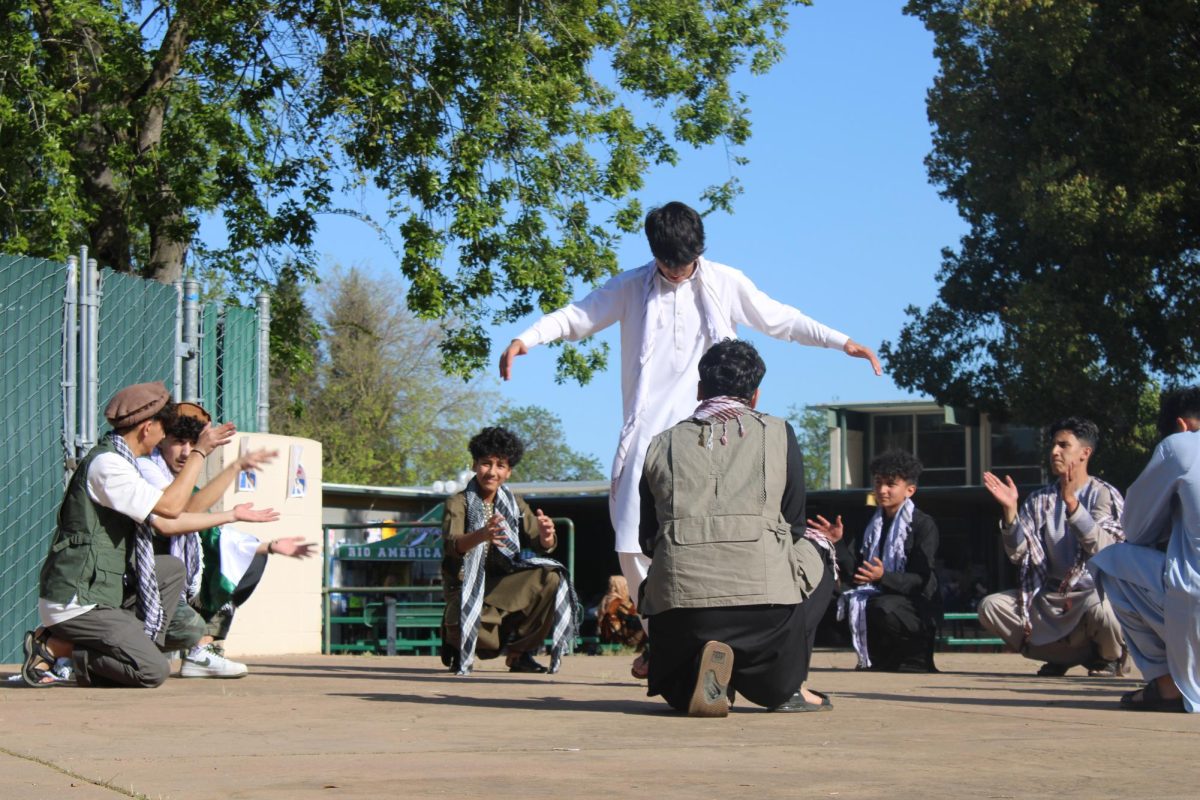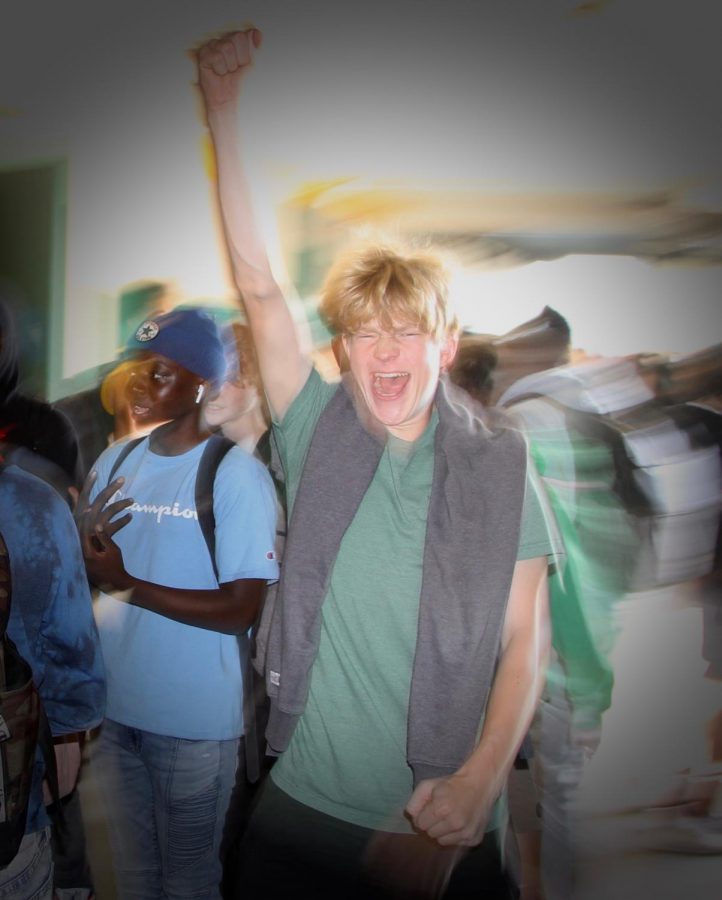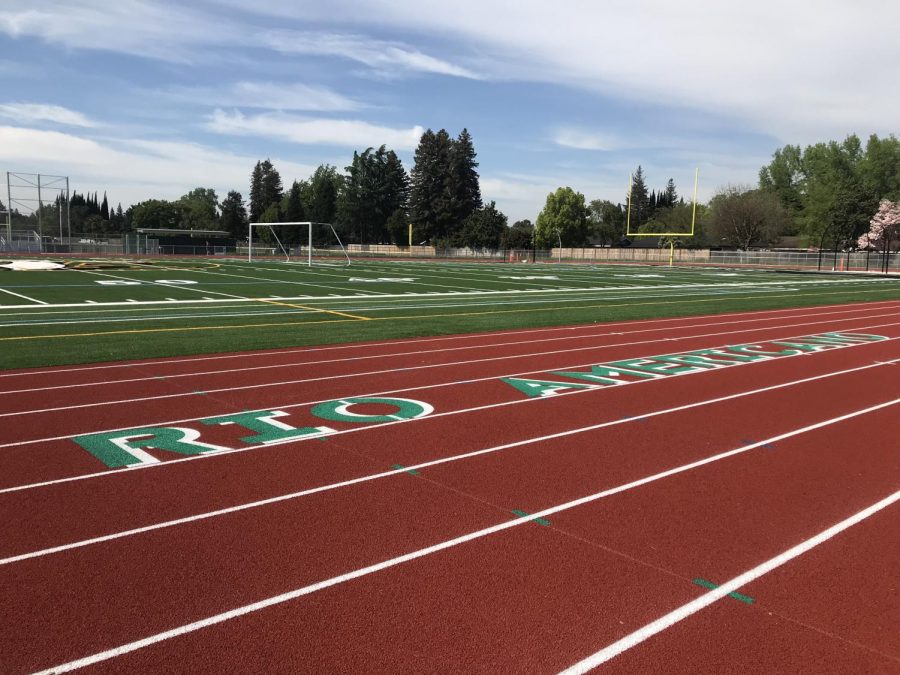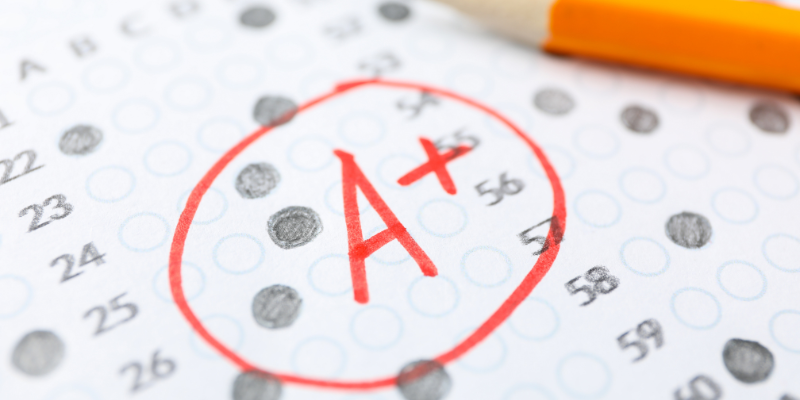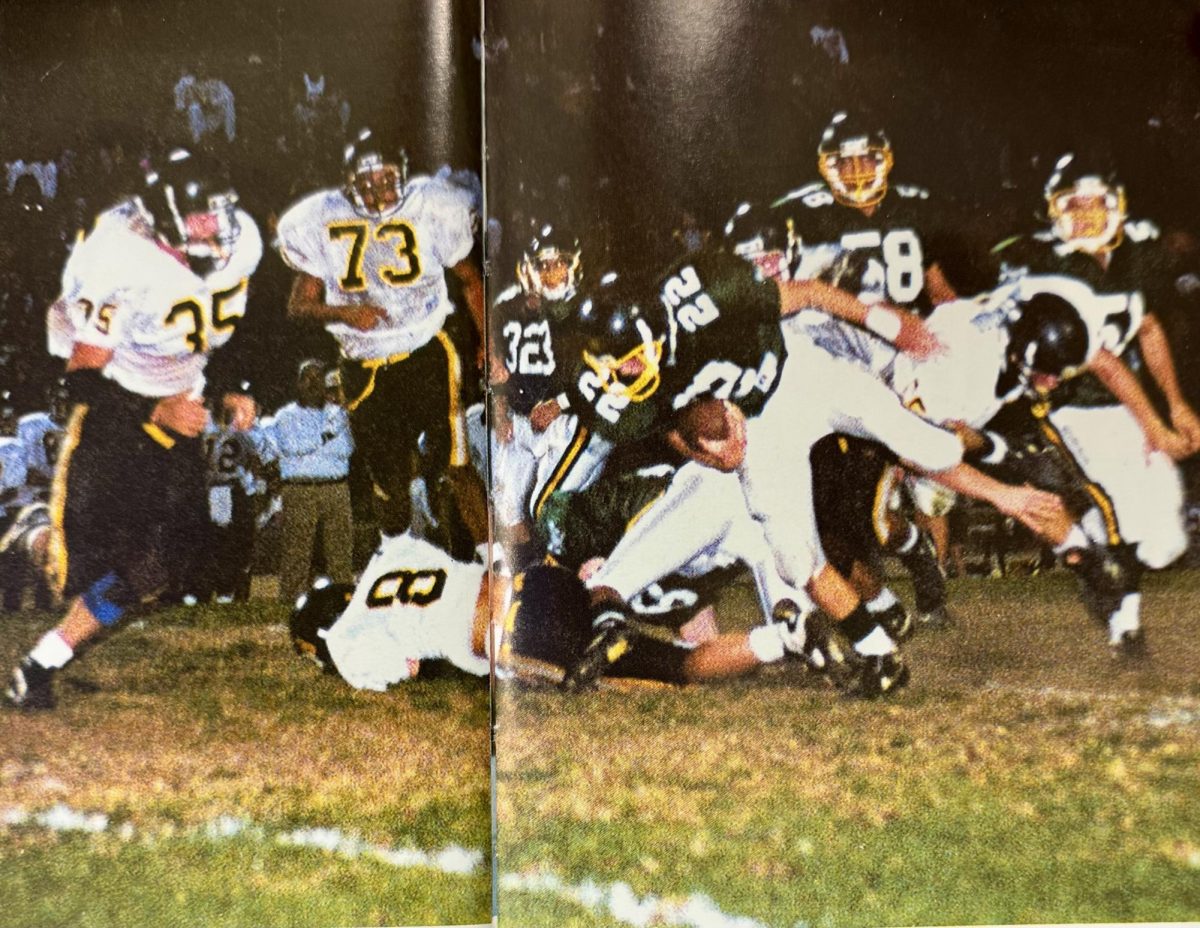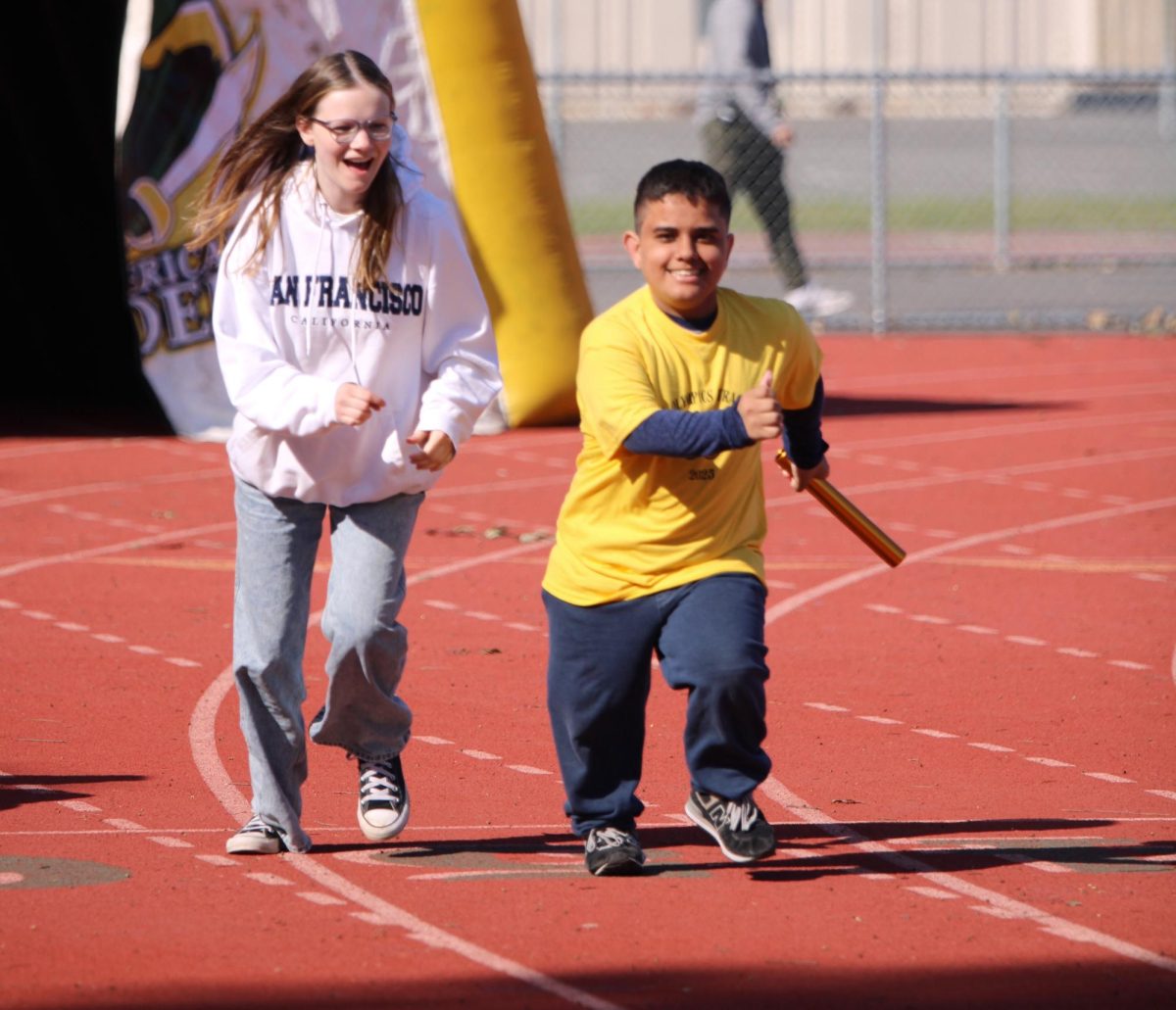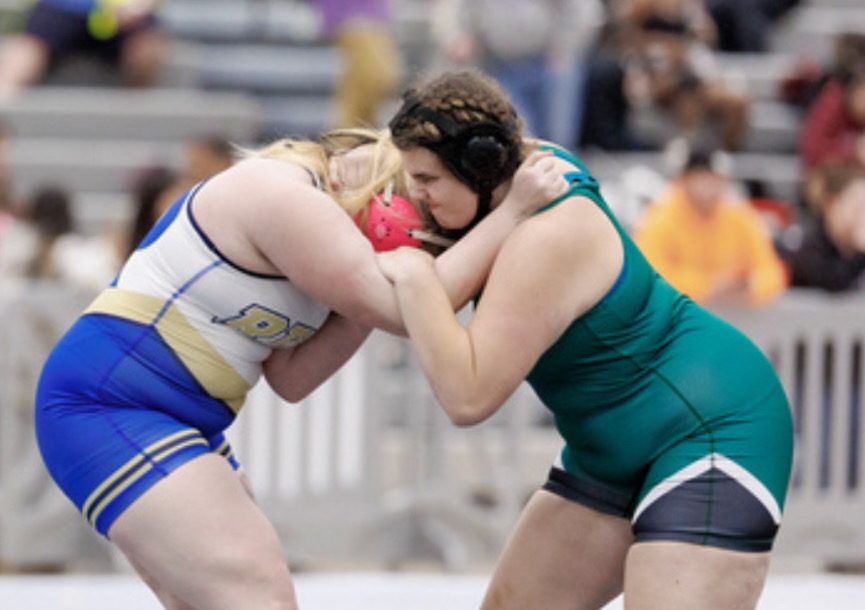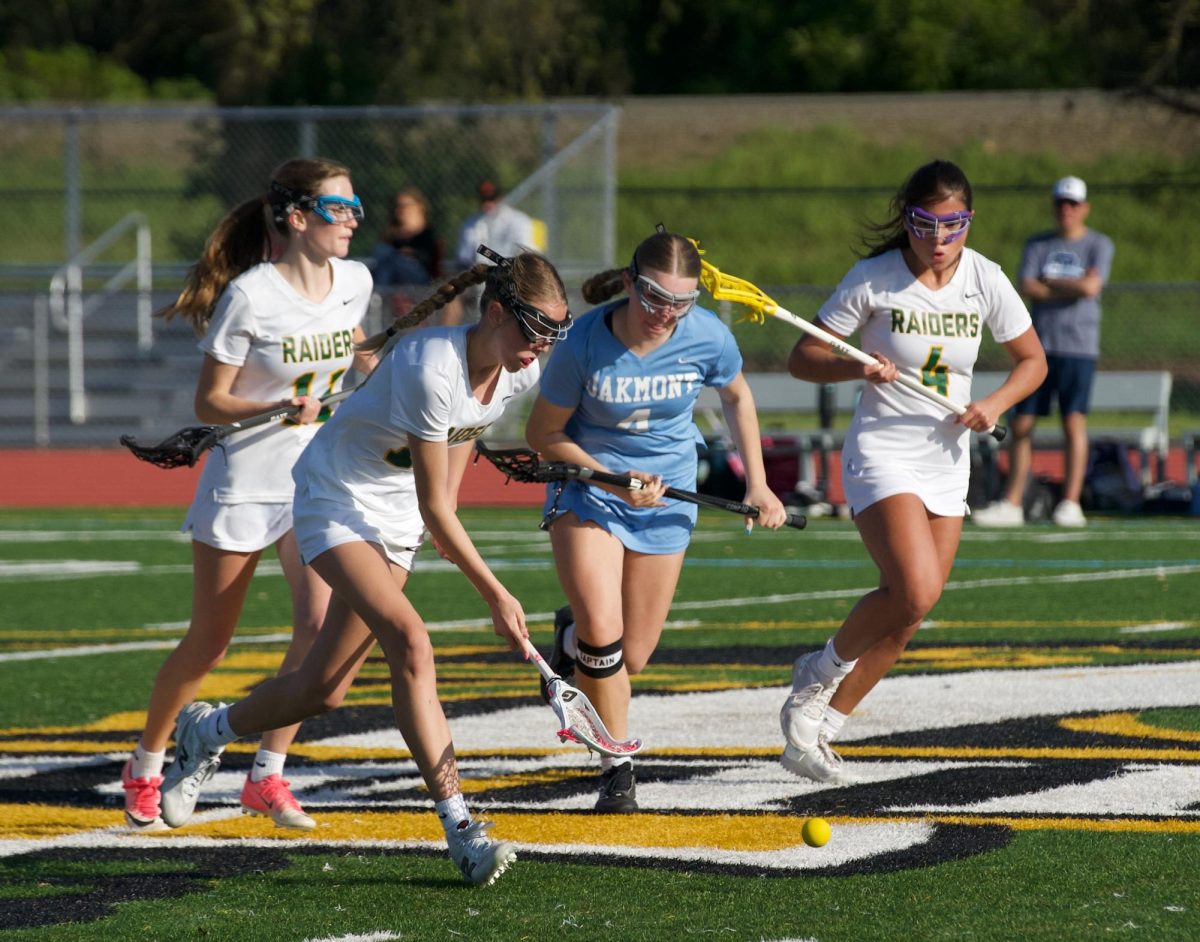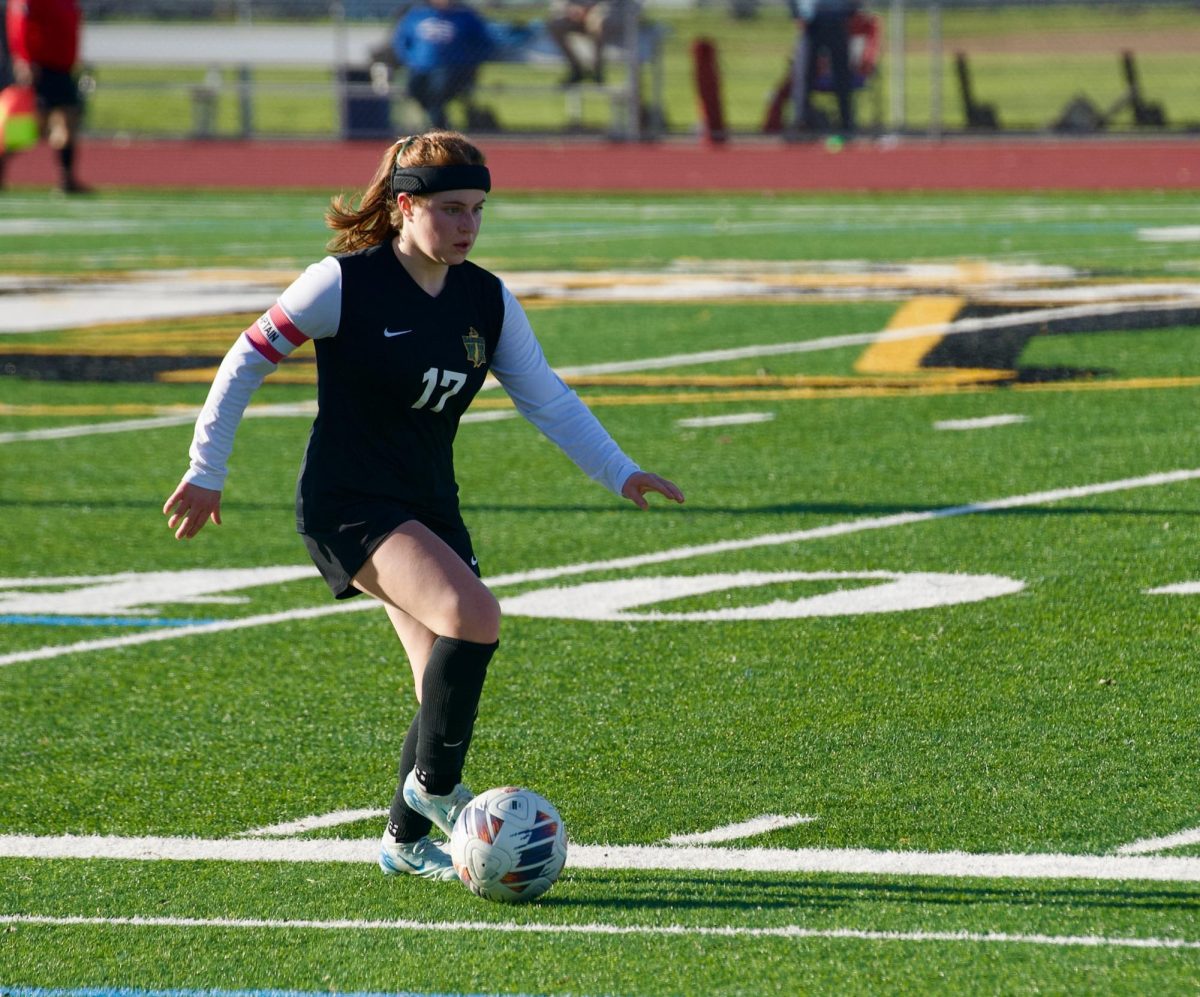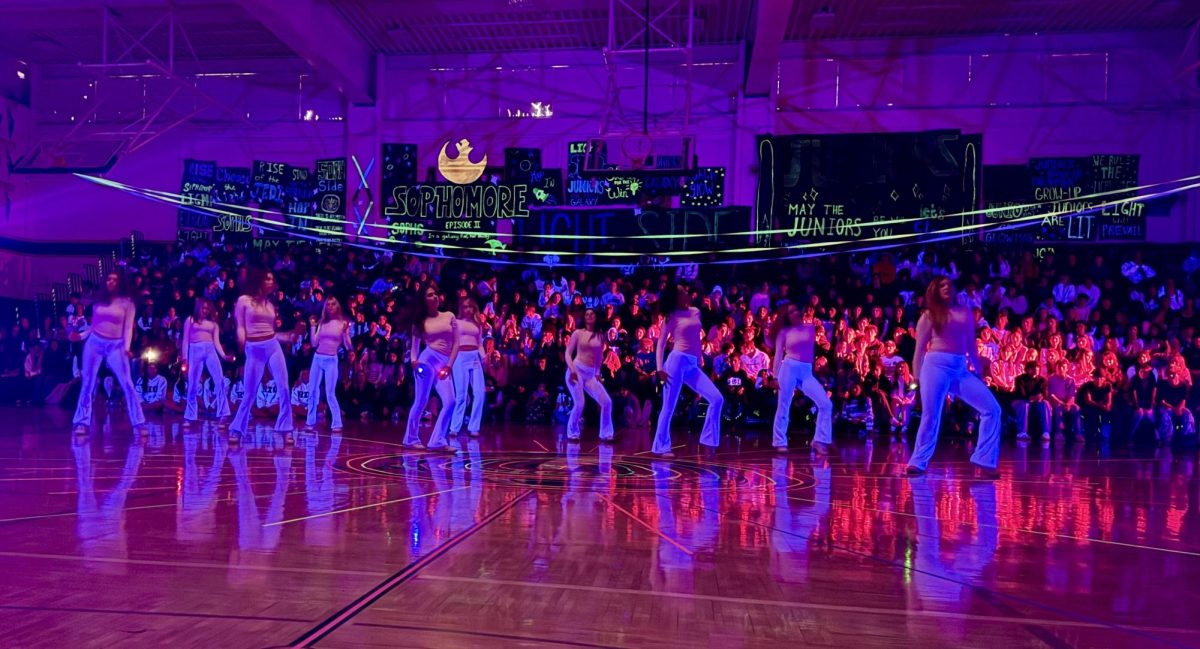Especially in the Midst of a Global Pandemic, Children Need Sports
Sports Commentary
February 22, 2021
In the midst of a global pandemic, many things are uncertain. Especially as the months drag on and it doesn’t seem to be getting any better. One way we can make the situation better for children is implementing a safe, but still fun, way to play sports.
Throughout high school, I had formed a routine. I jumped out of bed, speedily got ready, gleefully went to school, excitedly went to sports practice, came home, did homework, got ready for bed–and the next day I did it all over again. I loved it. It made me feel productive, happy, energized, and purposeful.
In quarantine, I have formed a new routine. I force myself to wake up, groggily get ready, trudge through online school, sluggishly do homework, lazily watch television, tiredly get ready for bed, and the next day do it all over again. I don’t like it. It makes me feel lazy, unproductive, and most of all tired, from doing nothing.
Kids need sports, especially when we have lost so much of what gave us purpose and normalcy. As the American Academy of Child and Adolescent Psychiatry says, “Sports help children develop physical skills, get exercise, make friends, have fun, learn teamwork, learn to play fair, and improve self-esteem.” All around, sports are beneficial to our children’s lives.
The World Health Organization states, “Children and youth ages 5–17 should accumulate at least 60 minutes of moderate- to vigorous-intensity physical activity daily.” This is rare in “normal”life and has become nearly impossible to do in quarantine. The ‘new normal’ sometimes means kids go days without even leaving their houses or apartments. This is not healthy for youth’s development.
Furthermore, according to the United States Department of Health and Human Services, “Children now spend more than seven and a half hours a day in front of a screen (e.g., TV, video games, computer).” This is frightening, especially when the recommended time in front of a screen for children is less than 2 hours, according to the American Academy for Pediatrics. Screens are holding our kids inside. We need a way to get kids excited about going outside and being active.
In this time of abundant screen time, kids need an outlet to get outside and move around. Sports are a great way to get kids moving and off electronic devices.
Another way sports help children, is making them happy. According to the Gasol Project’s website, COVID-19 is having an affect on our children’s mental health. They say, “Stressors such as prolonged duration of the pandemic, fears of infection, frustration and boredom, inadequate information, and lack of in-person contact with classmates, friends, and teachers can have even more problematic and enduring effects.” Some of those effects can be depression, anxiety, and stress. This shows the importance of happiness in the midst of the pandemic.
Thankfully, there is a solution! When children exercise their brain releases chemicals that make them less stressed and more happy. This is a naturally occuring and amazing reason why we should have our kids participate in sports.
Although science is a part of it, it is not the only reason kids are so happy when they play sports. Sports give them an outlet to make friends and compete. Being surrounded by kids like them who are motivated to play a sport well, makes kids ecstatic.
Sports make kids happy, even in a time of uncertainty and unrest.
You may be wondering, “If this is so important, why isn’t it already happening?” This is a great question. The truth is, even after nine months, there is so much fear and uncertainty of this virus. Plus, restarting sports in the midst of a global pandemic is going to be an undertaking. It is going to take time, planning, and a large team of educated individuals. But as stated throughout this piece, it is necessary to our children’s physical and mental health.
The consequences for our children outweigh the work and planning involved in restarting sports. In fact, the importance of youth sports is becoming more and more apparent as people realize sports are children’s one outlet. This crucial realization led to the start of plan making; but, sadly, on Nov. 16, Gov. Gavin Newsom, halted the reboot of youth sports due to a spike in COVID-19 cases in California. Newsom went on to say, “It’s incredibly important that we do our physical activities safely.” I completely agree with Gov. Newsom that we want to keep our children safe, but I also want our children to be happy and healthy. I am sure we can find a way to do both.
Under current guidelines and restrictions, it may be hard to go back to competing in many sports, but practices are still possible in a restricted manner. The state of California still requires face masks when you are unable to maintain 6 feet of social distance. This requirement will make it hard for rigorous game play and contact sports, but within the guidelines, socially distanced practices can take place. The state also requires a stable group or cohort, that limits the risk of transmission. This should be fairly simple so long as players practice with only their teams.
Some examples of safe practices would be: passing a soccer ball, passing with lacrosse sticks and doing basic drills, non-contact sports such as tennis, shooting at your own basketball hoop with your own basketball, socially-distanced workouts (to focus on personal skills and strength), and many more.
Restricted practicing may not be the same as prior seasons, but it will help fix the current dilemma with kids’ mental and physical health.
We need to start exercising safe ways for children to play sports, for the good of our children’s mental and physical health.




